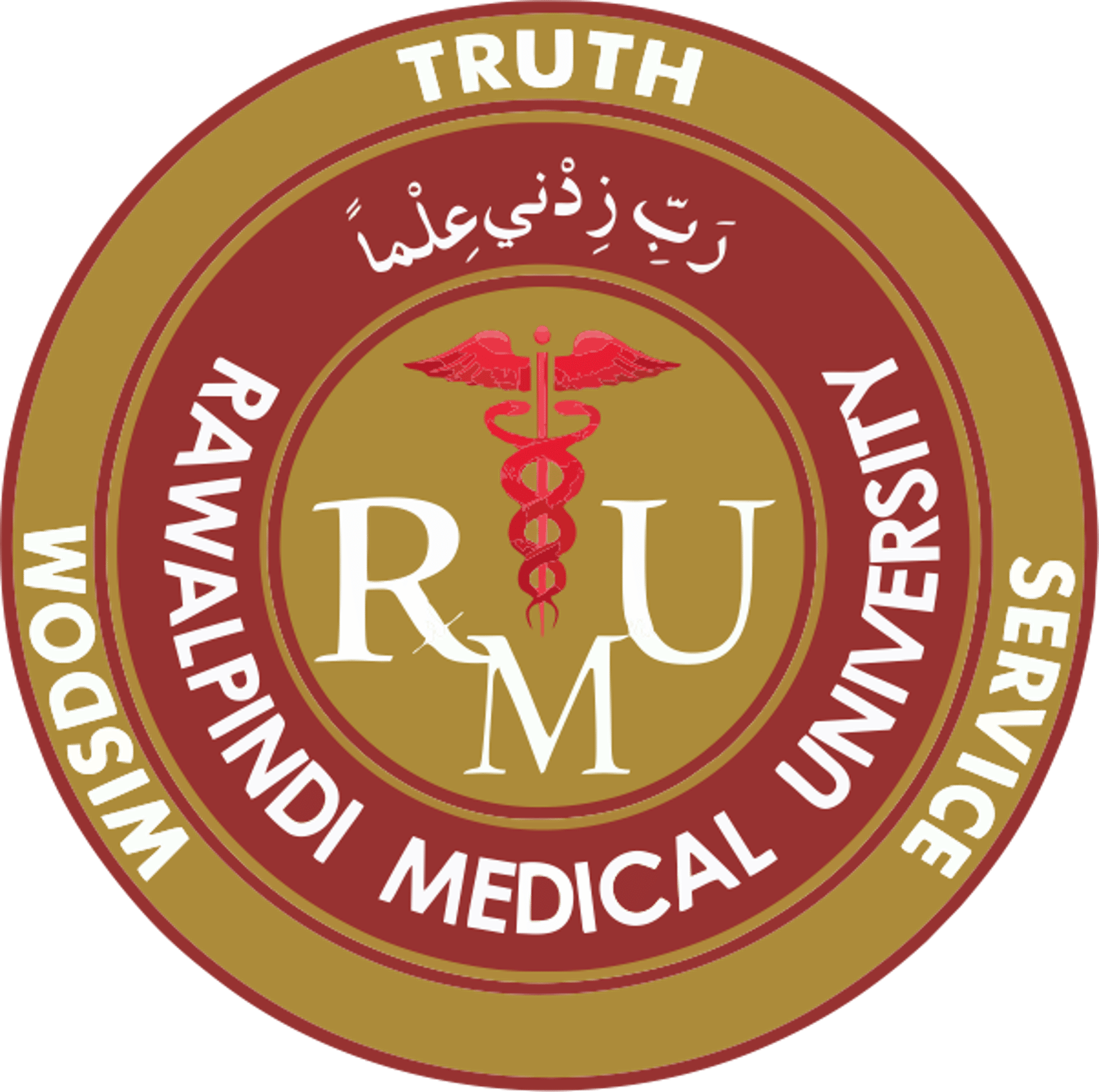
- About us
- Admissions
- Academics
BS Nursing Program
- Research
- RMU Digital
- About us
- Admissions
- Academics
- Administrative
- Basic Sciences
- Clinical
- Department of Anesthesia (HFH)
- Department of Anesthesia (BBH)
- Department of Dermatology (BBH)
- Department of E.N.T (HFH)
- Department of E.N.T (BBH)
- Department of E.N.T (RTH)
- Department of Family Medicine (HFH)
- Department of Gastroenterology (HFH)
- Department of Gynae & Obs Unit I (HFH)
- Department of Gynae & Obs Unit II (HFH)
- Department of Gynae & Obs (BBH)
- Department of Gynae & Obs (RTH)
- Department of Orthopedics (BBH)
- Department of Intensive Care Unit (HFH)
- Department of Infectious Diseases (HFH)
- Department of Medicine Unit-I (HFH)
- Department of Medicine Unit-II (HFH)
- Department of Medicine Unit-I (BBH)
- Department of Medicine Unit-II (BBH)
- Department of Medicine (RTH)
- Department of Nephrology (HFH)
- Department of Neurosurgery (HFH)
- Department of Neurosurgery (RTH)
- Department of Opthalmology (HFH)
- Department of Orthopedics (HFH)
- Department of Orthopedics (BBH)
- Department of Orthopedics (RTH)
- Department of Paedietric Medicine (HFH)
- Department of Paedietric Surgery (HFH)
- Department of Paedietrics (BBH)
- Department of Paedietrics (RTH)
- Department of Plastic Surgery (HFH)
- Department of Psychiatry (BBH)
- Department of Radiology (HFH)
- Department of Radiology (BBH)
- Department of Surgery Unit I (HFH)
- Department of Surgery Unit II (HFH)
- Department of Surgery (RTH)
- Department of Surgery Unit I (BBH)
- Department of Surgery Unit II (BBH)
- Department of Urology (BBH)
- Research
- RMU Digital

